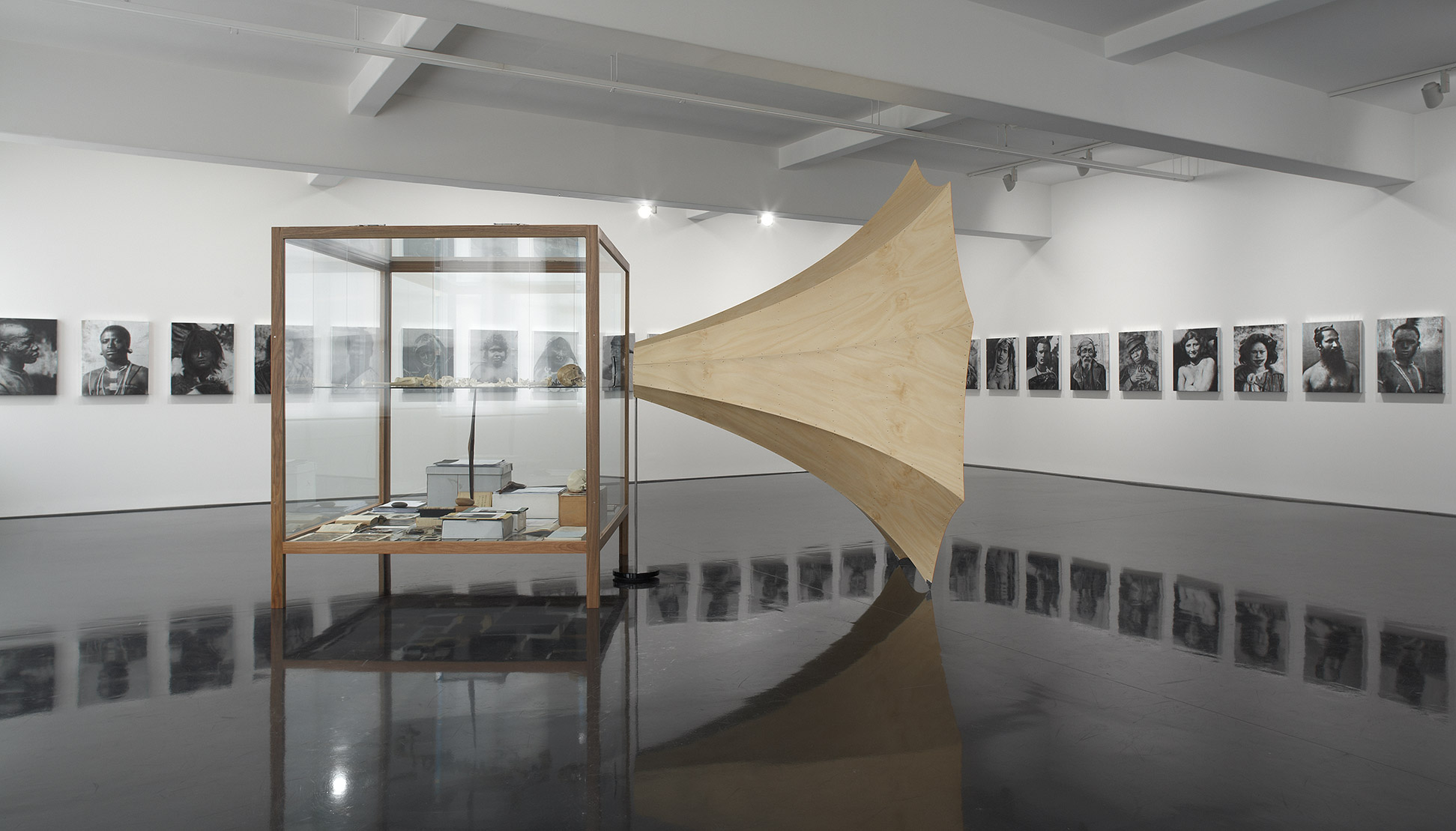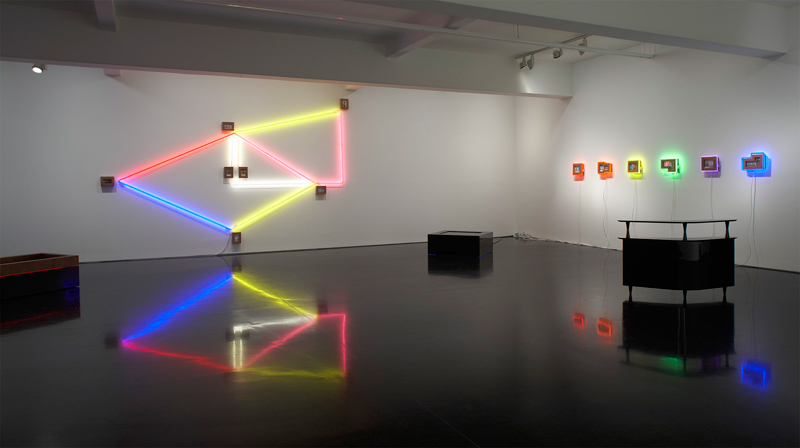Archive
April
transitions
Gallery 2
Anthony Gardner
Seeing Otherwise
Prints and photographs have a power that far exceeds their usually quite modest dimensions. While they can be cradled in your hands, their capacity to reach an audience of thousands, even millions – in books, as trinkets, as cartes-de-visite, produced en masse for the widest distribution – made them the mass media or social media of their day, and potentially just as dangerous as contemporary “fake news” for the deceptions they could weave. Caricatures of “lascivious” Black warriors and “dangerous” Indigenous practices, of “vulnerable” white children and the men who will “protect” them.
As Brook Andrew writes in his neat, blue handwriting beneath the print in transitions 9 (2025), old-school print media are the foundations of a formidable mythology, one of the primary technologies of settler colonialism by dint of their humble scale, their mass dissemination, and thus their persuasive authority.
Old media are also exceptionally vulnerable, though. Time has not treated them, or the myths they project, very well. Ink smudges or fades. Paper tears; it foxes and stains with mould. For an artist like Danh Vo, this vulnerability is the real power today of old things. In a suite of recent sculptures, Vo bought ancient sculptures online and through auction houses worldwide – including medieval statues of the Madonna or antique Roman busts – and then hacked into them, carving them up and bolting them together to create new hybrid monsters made all the more shocking precisely because of these materials’ age and vulnerability. Like the elderly, we treat these old things as somehow untouchable, sacrosanct more for their antiquity now than for their religious origins. To see them attacked and reworked is a powerfully affecting experience, one that brings a great sense of pity and protectiveness to these ancient forms.
Brook Andrew does something smarter when he reworks his prints, I think, because to attack and pity the prints would be the wrong way to handle their vulnerability. These prints are not defenceless. Their ideologies are still potent, still resonant as the foundations of contemporary racism in our current media culture. What their vulnerability offers instead is a way to rethink their narratives and break open their formidable mythology. The pulsating patterns and quadrangles, derived from Wiradjuri dendroglyph designs and built up in thick oil stick streaks across the glass above the prints, are both protective and repulsive.
The forms cover over and disrupt the myths the prints try to tell. They hide the Black protagonists from a viewer’s staring gaze. We might not want to get too close to the frames in case the oily pigment stains our clothes or bodies, or breaks off at our touch. But the moments of clarity that the Wiradjuri glyphs offer, of seeing gestures between lines or faces within circles, act as spotlights, provoking us to generate new kinds of connections and narratives between these figures that blaspheme the colonial myth. Isolated and decontextualised, how might we rewrite the relations between the figures in transitions 6, for instance?
What other kinds of storytelling, and what other kinds of agency, might emerge about the theatrical grouping in transitions 9 when we have to work harder to see the image between the lines and the shadows they cast on the scene? How might the oily Wiradjuri designs haunt a new way of looking at these relics from the past? How might a Wiradjuri-inspired looking transform the narratives we make today and in the future? And is this an act of haunting or repelling, of hiding or revealing? Or perhaps both at the same time, vulnerable yet powerful as these prints have always been, but now might be otherwise?
Anthony Gardner is Head of the Ruskin School of Art at the University of Oxford, where he teaches Contemporary Art History and Theory and is a Fellow of The Queen’s College. He publishes on subjects including postcolonialism, postsocialism and curatorial histories, and is an editor of the MIT Press journal ARTMargins. He is a member of the International Association of Art Critics.
Image: Brook Andrew, transitions 2025, mixed media, 170 x 130 cm

November
seeing time
seeing time is Brook Andrew‘s new body of work reflecting on ‘time’ and how one perceives and hopes to either manipulate or fall into ‘time’
These paintings were created during 2021 when the artist was focusing on alternative visions of not only time but how the world is shifting into what it means to decolonise, or to a state of yindyamarra-gunhanha (ongoing respect). yindyamarra-gunhanha is a term Brook Andrew has developed to deal with the often challenging space of museum research and repatriation.
The signature black and white patterns are inspired by his Wiradjuri cultural heritage which in its abstract state, continues to remind himself and others of the strength and continuing cultura of the Wiradjuri.
Image: Brook Andrew seeing time VII 2021, mixed media on linen, 235 x 235 cm
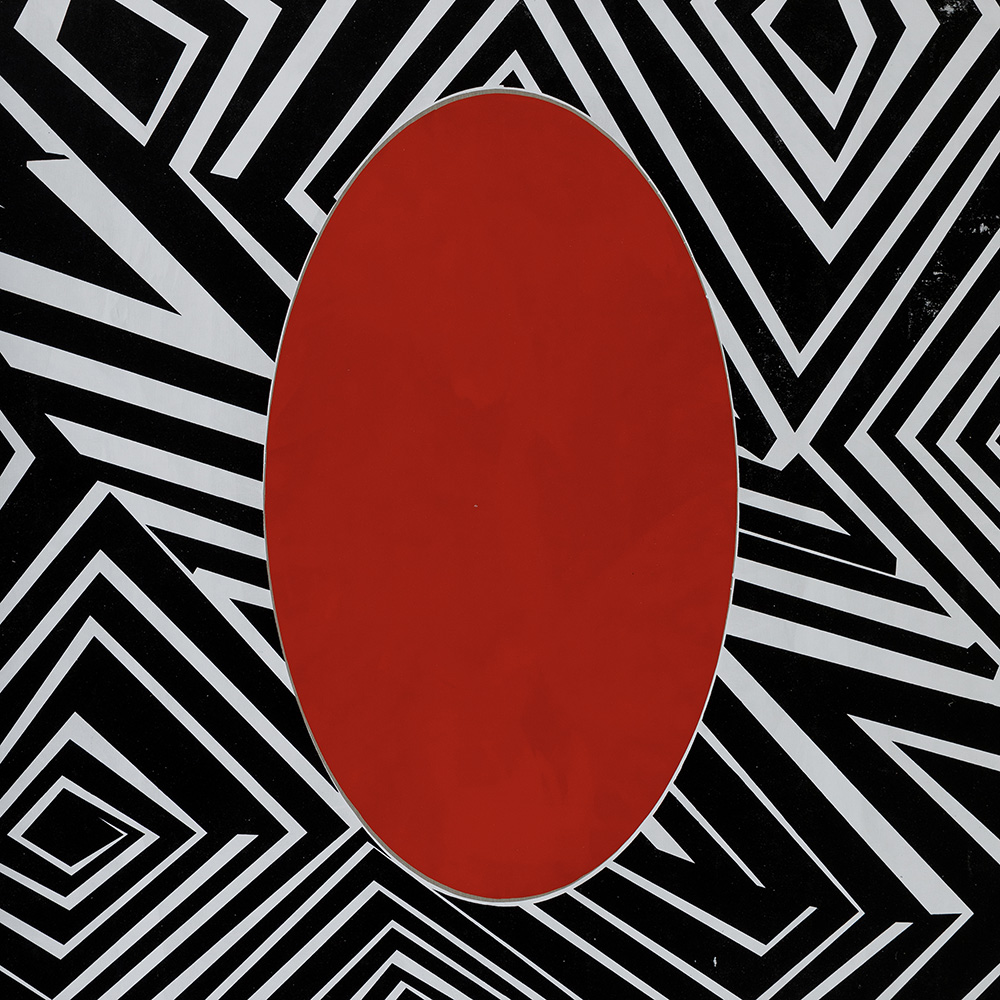
December
La Razza: Quiet Noise
New mixed media works from Brook Andrew.
Pictured: Orange 2019, oil pastel, acrylic paint, paper, glue, plywood and pencil on board, 140 x 140 cm
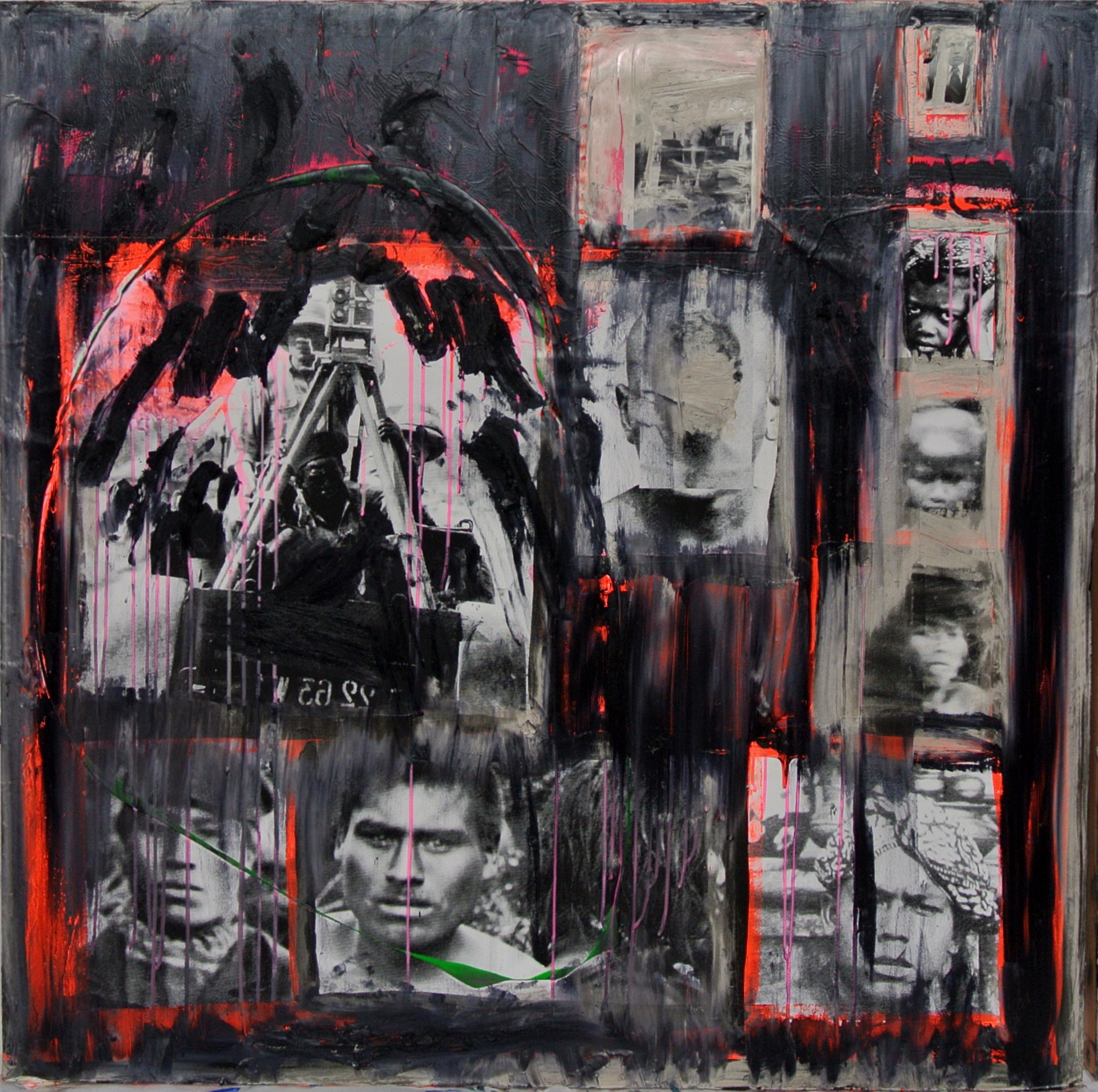
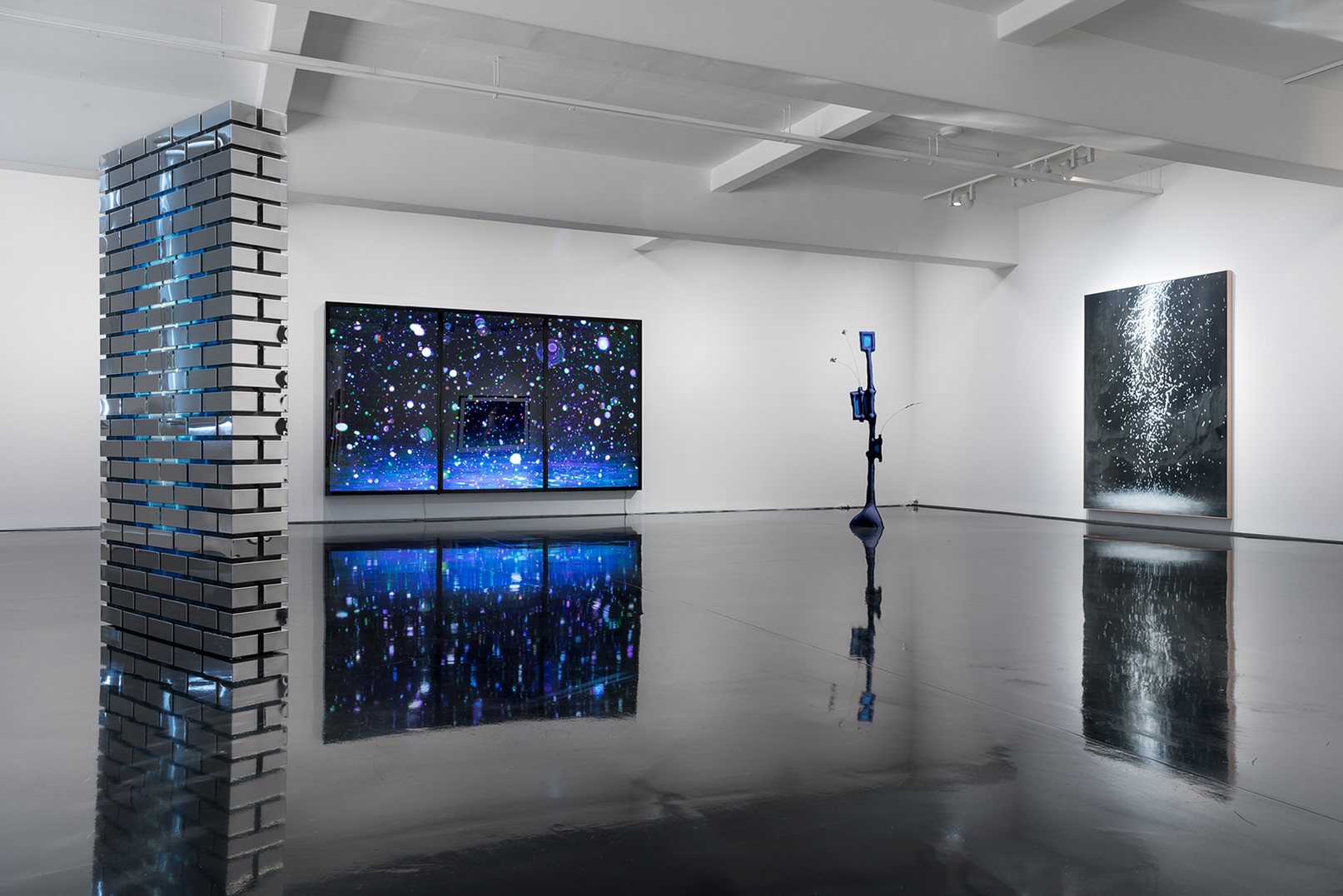
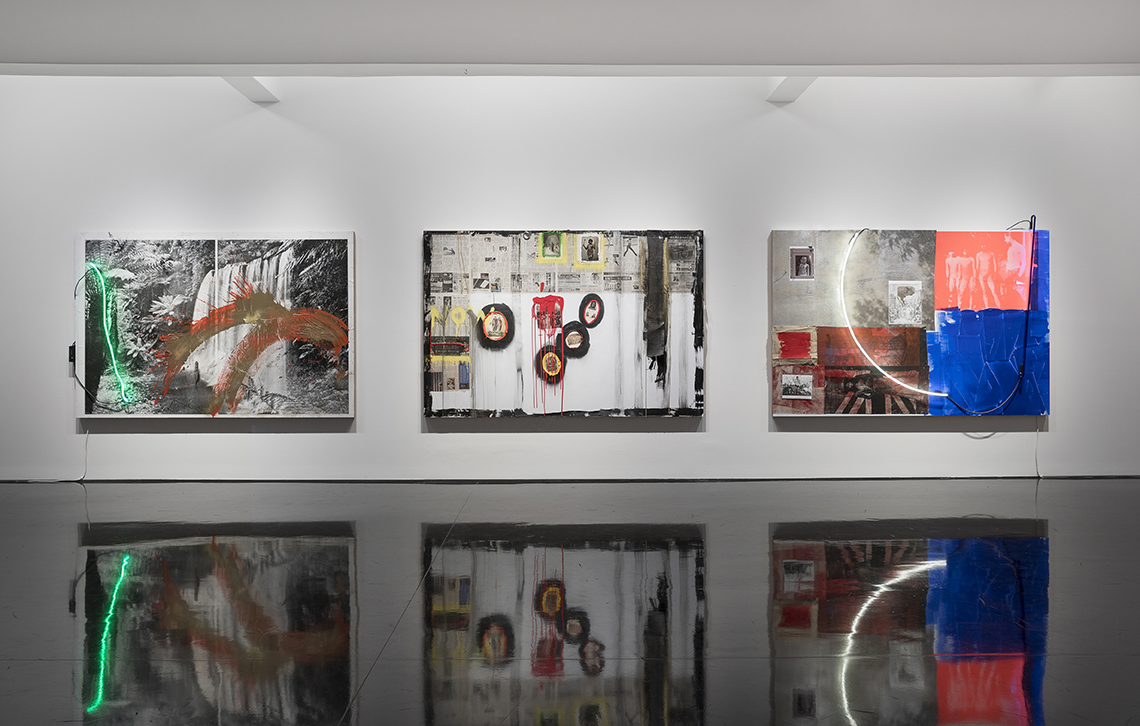
September
Possessed
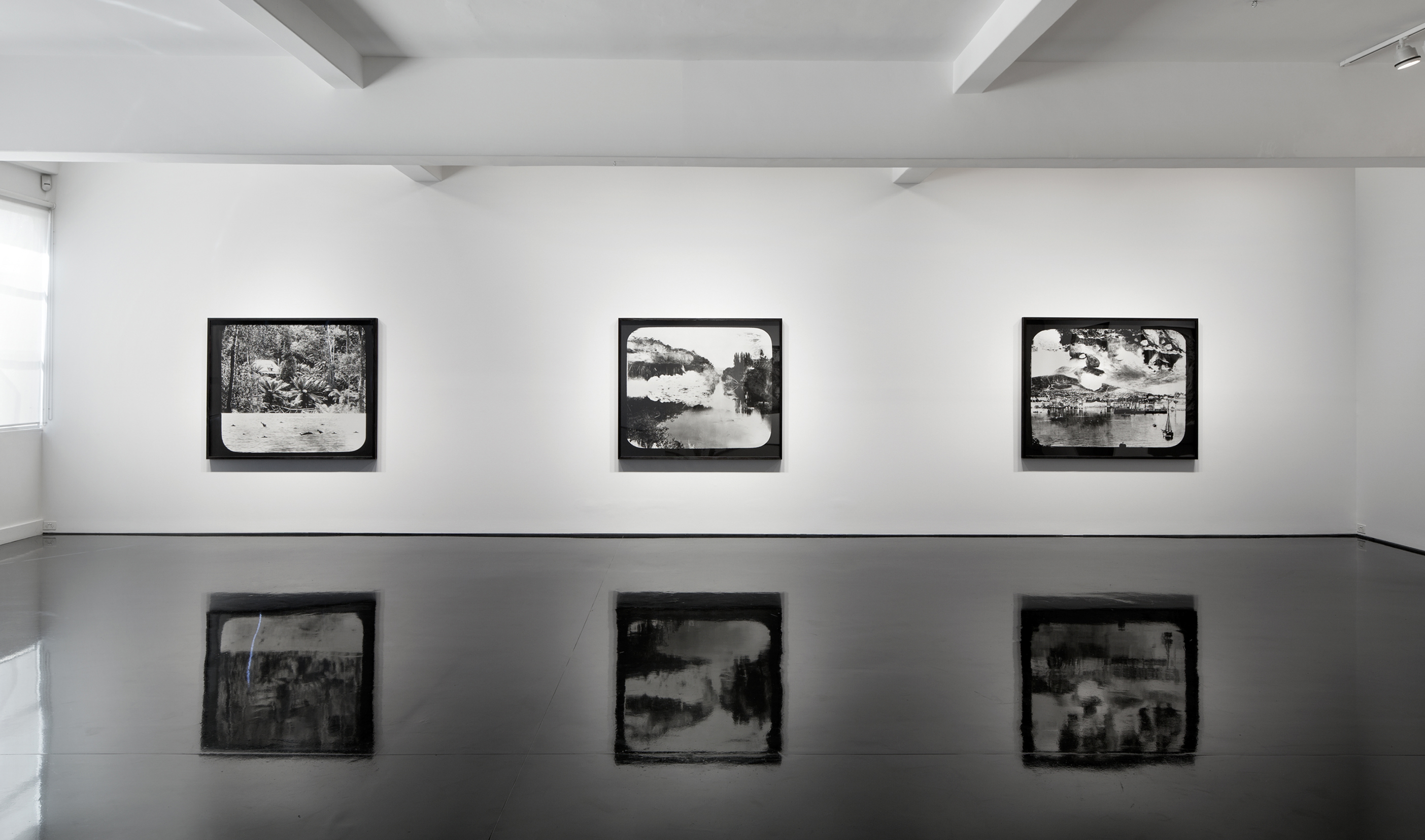
June
52 Portraits
